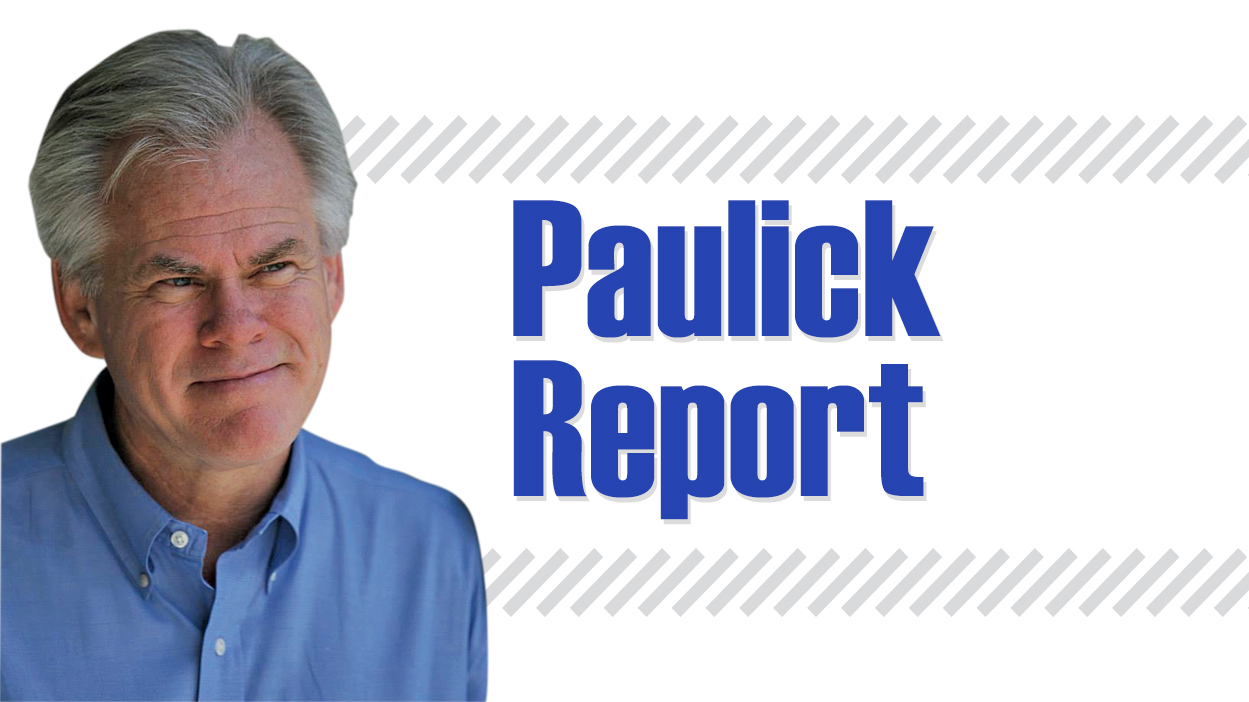Like many trends in racing and breeding over the last 30 years, the concentration of the gene pool through a relatively small group of stallions has not been a healthy development for the thoroughbred breed.
That’s the view taken by The Jockey Club of the United States when it announced recently that it is considering a rule setting a cap of 140 mares bred per stallion during a calendar year. The rule, if adopted, would be phased in over three years, beginning in 2021.
This concentration of bloodlines has occurred primarily because of two significant changes in the breeding industry. The first is the diminishing size of the foal crop in North America, which peaked at 51,296 in 1986 and has been estimated by The Jockey Club to be 20,500 in 2020. That’s a decline of 60 per cent in 34 years. From 2007 to 2020 alone, the foal crop has declined by 45 per cent from 37,499 to 20,200.
Let’s remember that those 51,296 foals of 1986 were sired by stallions who were rarely bred to more than 40 mares.
That brings us to the second development.
Beginning in the early 1990s, a few stallion managers became more aggressive and books of 100 mares began to pop up. As veterinary science progressed, an increasing number of mares could be impregnated by a single cover, so this doubling (or more) in a stallion’s book size could be accomplished within the confines of the traditional thoroughbred breeding season without adding significantly to the number of live covers. That allowed more and more farms to supersize their stallions’ books.
Some pushed the envelope even farther, sending more than 200 mares to a stallion during a single breeding season. A number of those stallions are sent to Southern Hemisphere countries to perform during a second breeding season each year, giving the most aggressive farms more buying power when it came to acquisition of the most desirable stallion prospects.
The net result is the concentration of the gene pool that The Jockey Club finds so problematic.
In 2007, there were 37 stallions with books in excess of 140 mares. The sum of those 37 stallion books was 5,894 mares, representing 9.5 per cent of all mares bred in 2007.
In 2019, 7,415 mares were bred to 43 stallions that had books of 140-plus. Those 7,415 mares represent 27per cent of all mares bred in 2019.
While The Jockey Club’s stated concern is the narrowing of the gene pool, other potential problems emanate from this trend of huge books – particularly for young, untested stallions whose offspring have proven to be so popular with auction buyers.
Many of these new stallions are retired to stud after limited racing careers. They may have shown brilliance during 2- and 3-year-old seasons, but have not had the opportunity to demonstrate their soundness and durability. Before supersized books, these stallions might have 65-70 foals on the ground before their first crop hit the racetrack. If their runners are unsound or sub-par, the market would respond accordingly. In today’s world, the same stallions may have as many as 350 foals before that first crop makes it to the races. If the offspring for one of those stallions is unsound, the potential damage done to racing and the breed is magnified significantly.
The demand for stallion prospects perceived to have commercial appeal has put the squeeze on fringe stallions that may have pedigree but lacked racing success, or vice versa. Breeders lament that a horse like Danzig – a three-time leading sire who was retired to stud undefeated in three starts but without ever winning a stakes race – would not be given a chance in today’s market.
There are economic consequences, too. Since big books have become the norm, it’s been more difficult for smaller stallion operations to compete with the big farms whose buying power is boosted by an ability to maximize revenue and utilize economies of scale. Putting a cap on the number of mares a sire can cover – especially those just entering the stud – may level the playing field somewhat.
The downside economically is that prospective stallions will not be as valuable and stallion farms may have to be more discriminating in what they pay or syndicate a horse for.
And that’s why stallion farms may oppose this potential game changer proposed by The Jockey Club.


